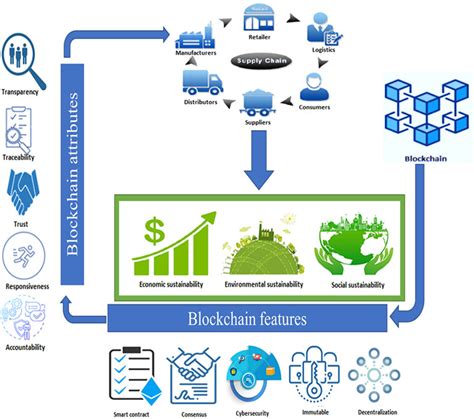Predicting Energy Needs in Blockchain: An AI Perspective
Predicting Energy Needs in Blockchain: An AI Perspective
The widespread adoption of blockchain technology has far-reaching implications for the global energy landscape. As more industries transition to this digital revolution, understanding energy needs becomes increasingly crucial. In this article, we will explore how artificial intelligence (AI) can be employed to predict energy demands in the context of blockchain.
The Energy-Electronics Nexus
Blockchain technology relies on complex networks of nodes and transactions to facilitate secure and efficient data exchange. However, these systems also have an environmental impact due to the energy required for node operation, transaction validation, and storage. The total carbon footprint associated with blockchain is estimated to be around 1-2% of global electricity consumption.
Predicting Energy Needs in Blockchain

The integration of AI into the prediction process can help mitigate this energy demand by optimizing system performance, reducing waste, and enabling more efficient use of renewable energy sources. Here are some ways AI can predict energy needs in blockchain:
- Load Balancing: AI algorithms can analyze real-time data on node loads, transaction volumes, and network congestion to optimize the distribution of energy across nodes and minimize peak usage.
- Energy Forecasting: Advanced machine learning models can be trained on historical data to identify patterns and correlations between energy usage and other factors such as temperature, humidity, and humidity-related phenomena like fog or hail storms.
- Resource Allocation: AI systems can help allocate resources (such as computing power) more efficiently across nodes by considering factors like node capacity, available storage, and load balancing requirements.
- Renewable Energy Integration: AI-powered predictive analytics can identify opportunities to integrate renewable energy sources into blockchain networks, such as solar or wind power, to reduce dependence on fossil fuels.
AI Techniques for Predicting Energy Needs
Several AI techniques can be applied to predict energy needs in blockchain:
- Deep Learning
: Deep learning algorithms like convolutional neural networks (CNNs) and recurrent neural networks (RNNs) can be used to analyze complex patterns in data, such as network traffic or node behavior.
- Time Series Analysis: Techniques like ARIMA, LSTM, and Prophet can help forecast future energy demand based on historical trends and patterns.
- Graph Neural Networks: Graph neural networks (GNNs) can model complex relationships between nodes and edges in the blockchain network, enabling predictions about energy consumption and resource allocation.
Case Study: Predicting Energy Demand in a Blockchain-based Supply Chain
A leading e-commerce company uses AI-powered predictive analytics to optimize its supply chain operations. By analyzing real-time data on inventory levels, shipping schedules, and customer behavior, the AI system predicts demand for goods at specific nodes across the network. This enables the company to allocate resources efficiently, reduce stockouts, and minimize waste.
Challenges and Limitations
While AI can significantly improve energy efficiency in blockchain networks, there are still challenges and limitations to consider:
- Data Quality and Availability: High-quality data is essential for accurate predictions. Ensuring that datasets are comprehensive, reliable, and up-to-date is crucial.
- Scalability and Performance: As the size of blockchain networks increases, so does the computational load on AI systems. Scalable solutions require careful consideration to ensure performance without compromising accuracy.
- Interoperability: Integrating AI-powered predictions into existing blockchain infrastructure can be complex.

Leave a Reply
Want to join the discussion?Feel free to contribute!